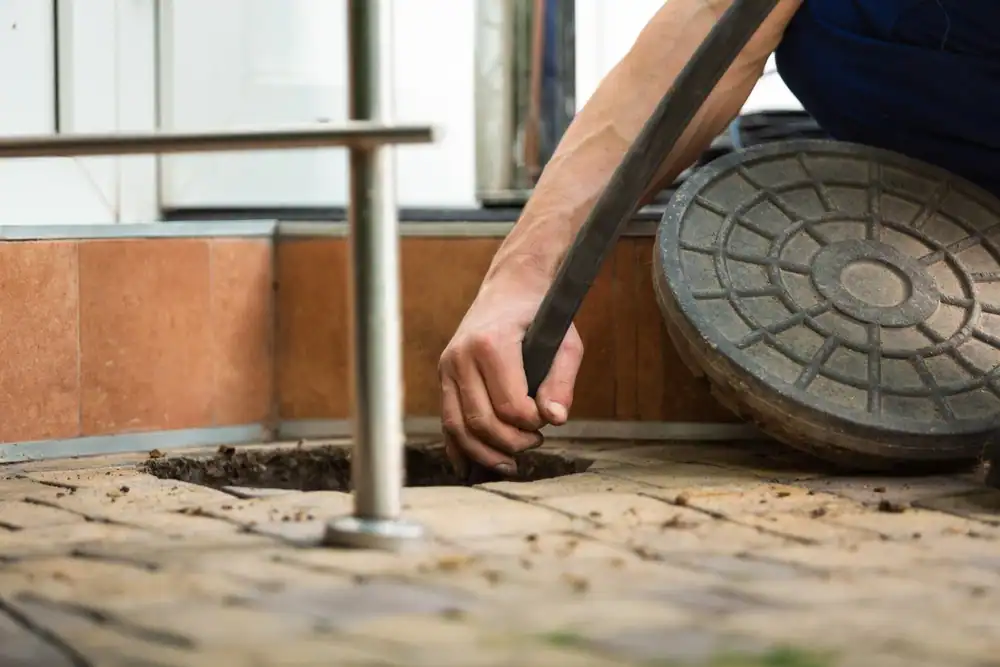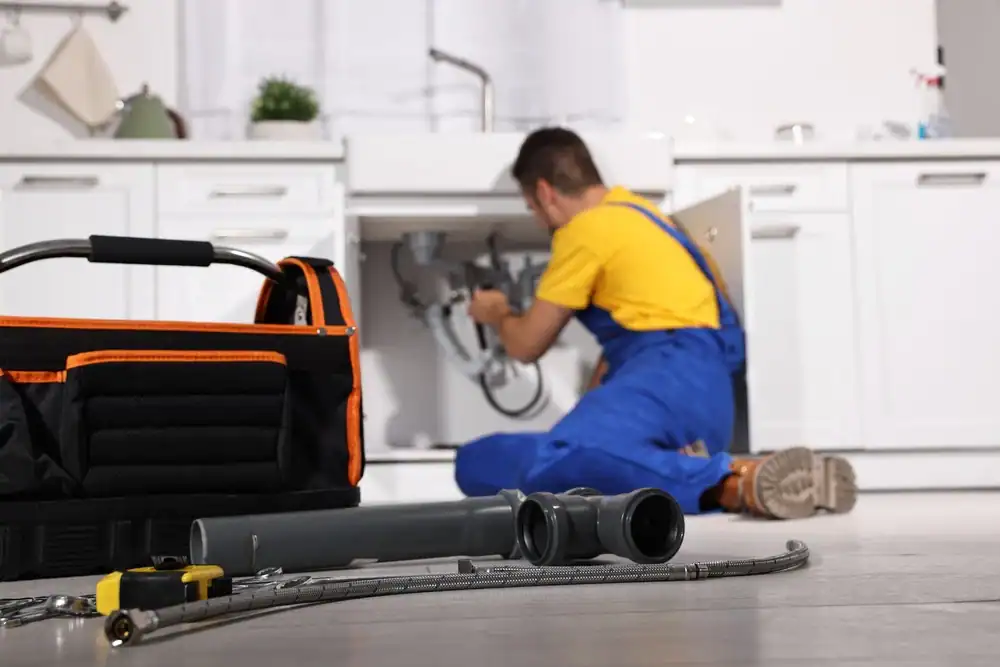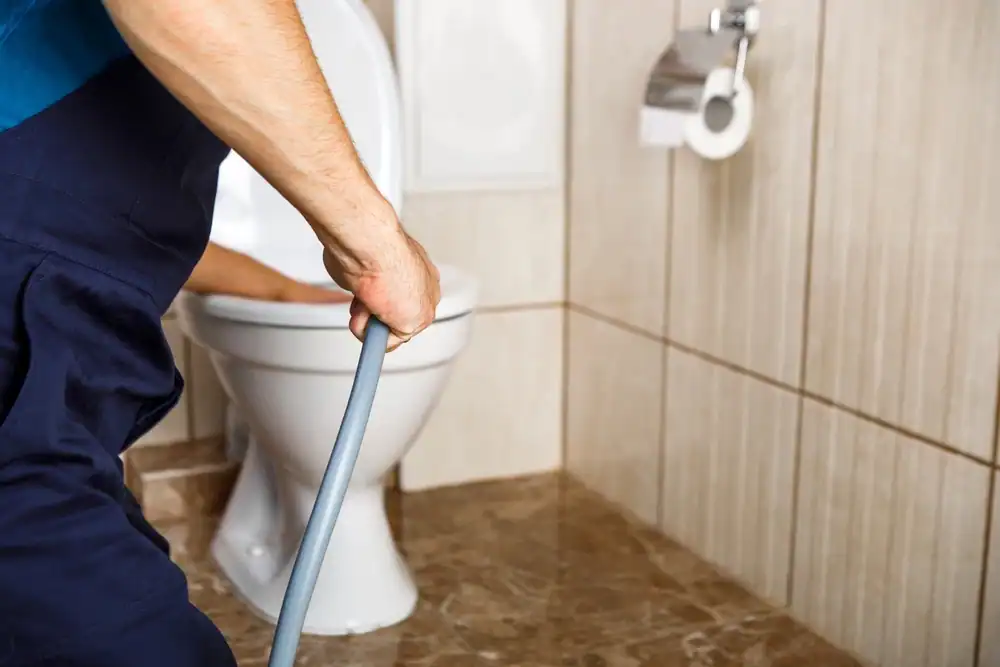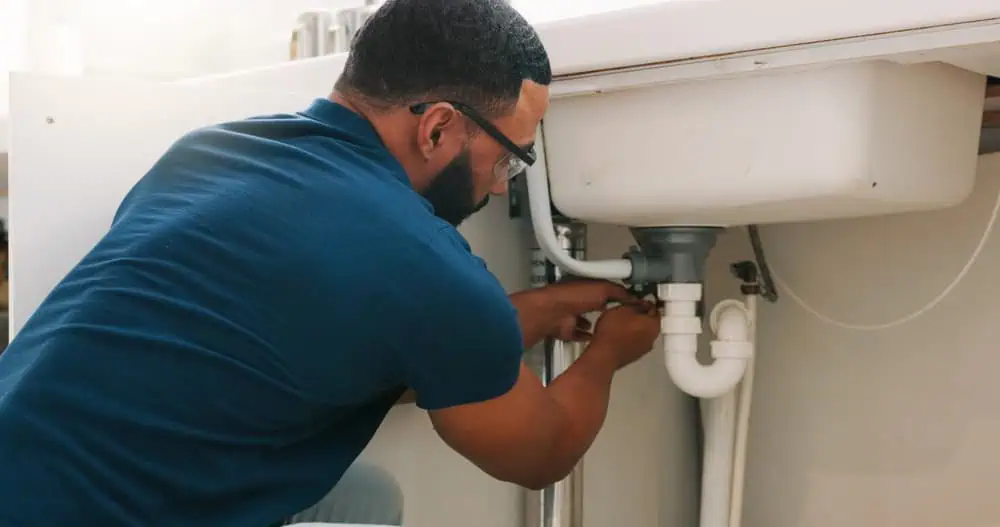Summary:
How Water Pressure Affects Your Plumbing System
Consider water pressure the pulse of your home’s plumbing. For your body to operate correctly, it requires a stable blood pressure. Similarly, your pipes, fixtures, and appliances rely on steady water pressure to function correctly and avoid premature failure. For most residential properties in St. Charles, water pressure should be between 40 and 60 pounds per square inch (PSI). When the pressure is held within this specific range, water moves smoothly, placing no undue strain on pipe joints, seals, or the internal components of your appliances. Your dishwasher fills efficiently, your washing machine cycles correctly, and your shower provides a consistent flow. However, when the pressure deviates above or below this ideal range, a chain reaction of problems can begin, putting your entire system at risk.
The Damage Caused by High Water Pressure
A powerful shower might seem desirable, but water pressure exceeding 80 PSI can silently inflict considerable damage upon your plumbing system. This excessive force continually strains pipe joints and fixture seals, leading to weaknesses that eventually develop into leaks. Your water heater, a device that can cost upwards of $1,500 to replace, is forced to work against this high pressure, causing accelerated wear on its components. Moreover, appliances like dishwashers and washing machines contain valves and pumps built for a specific pressure range; too much force can cause them to fail. You also end up wasting a surprising amount of water and money, as high pressure pushes more water through faucets and showerheads per minute. The most severe consequence is a burst pipe, which can release hundreds of gallons of water, causing widespread property damage.
Why Low Water Pressure Suggests Plumbing Problems
A powerful shower might seem desirable, but water pressure exceeding 80 PSI can silently inflict considerable damage upon your plumbing system. This excessive force continually strains pipe joints and fixture seals, leading to weaknesses that eventually develop into leaks. Your water heater, a device that can cost upwards of $1,500 to replace, is forced to work against this high pressure, causing accelerated wear on its components. Moreover, appliances like dishwashers and washing machines contain valves and pumps built for a specific pressure range; too much force can cause them to fail. You also end up wasting a surprising amount of water and money, as high pressure pushes more water through faucets and showerheads per minute. The most severe consequence is a burst pipe, which can release hundreds of gallons of water, causing widespread property damage.
Want live answers?
Connect with a FloTek Plumbing expert for fast, friendly support.
How to Check for Water Pressure Problems
You can get a general sense of your home’s water pressure without specialized tools, helping you identify issues early. The most direct method for measuring your system’s pressure is with a water pressure gauge, an inexpensive tool available at most hardware stores. This device screws directly onto an outdoor hose spigot or your washing machine’s cold water supply valve, giving you a precise PSI reading. It is a beneficial idea to test the pressure at different times of the day, as demand on the municipal system can cause fluctuations. Beyond using a gauge, simply paying attention to your daily water usage can reveal a lot. A sudden change in how your fixtures operate is often the first and most telling sign of a developing pressure irregularity.
Simple Observations You Can Make at Home
Begin by observing your shower. Since you use it daily, you likely have a feel for its normal flow. If it feels noticeably weaker, it’s a clear sign of a drop in pressure. Next, you can perform a simple flow rate check with a bucket. Place a one-gallon container under a faucet, turn the water on fully, and time how long it takes to fill. A properly functioning faucet should fill the gallon in approximately 10 to 15 seconds. If it takes much longer, you may have low pressure. Also, listen to your plumbing. Banging sounds, known as water hammer, that occur when you shut off a faucet are a common indicator of high pressure. Finally, check your water meter when no water is being used in the house. If the dial is moving, you likely have a leak that needs immediate pipe repair.
When to Call a Professional Plumber
While simple observations can point to a problem, certain issues require professional diagnosis and plumbing repair. A sudden and significant drop in pressure across your entire home often points to a serious issue, such as a break in the main water line. This situation requires an emergency plumber to prevent extensive water damage. Persistent low pressure also warrants a call to a licensed plumber, who can use electronic leak detection equipment to locate hidden leaks without needing to open up walls. High pressure almost always requires a professional fix, as the solution typically involves installing or adjusting a pressure-reducing valve, a device that protects your entire plumbing network.
Protecting Your St. Charles Home’s Plumbing
Water pressure irregularities rarely resolve on their own. In most cases, ignoring them leads to more complicated and expensive repairs later. Whether you are dealing with a weak shower, banging pipes, or a rising water bill, addressing these signs early is the best way to protect your plumbing and avoid a crisis. Regular monitoring and prompt action will keep your system operating as it should for years to come. If you suspect a pressure problem in your St. Charles home, seeking a professional evaluation is a wise step. For a proper assessment of your plumbing system’s health and solutions for any issue, contact FloTek Plumbing today.




